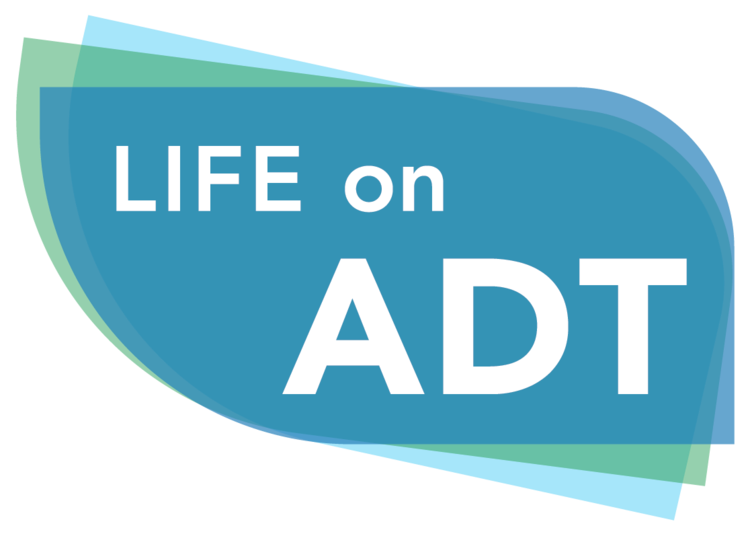Both LHRH agonists and LHRH antagonists can be used for androgen deprivation therapy. A commonly used LHRH antagonist is the drug Firmagon (degarelix) and is administered as a monthly depot injection. Compared to the LHRH agonist drugs, such as Lupron (Leuprorelin) or Zoladex (goserelin), degarelix suppresses testosterone faster and supposedly carries lower risk of cardiovascular disease (CVD). However, it requires two injections when patients start on it and the depot injections last only a single month. It is not uncommon that patients, who have a high PSA at diagnosis, start on degarelix and then shift over to an LHRH agonist drug, where injection can last three months or more. All these drugs are equally effective in suppressing testosterone.
Early on there was some data suggesting that the risk of a serious CVD in the form of a myocardial infarct (MI; what we commonly call a heart attack) was lower for the antagonist than the agonist. But does this hold up for all major CVDs? This includes MIs, strokes, ischemic heart disease (IHD; where the heart muscle is not getting enough oxygen leading to pain that often radiated to the left shoulder), arrythmia, and heart failure.
We finally have a comprehensive review that looks at the specific risk factors for these various CVDs for patients on LHRH agonists versus LHRH antagonist and the results are intriguing. The antagonist is indeed associated with less risk of heart failure, particularly for patients, who have had prior CVD when starting on ADT. There is a different story though for men with no prior history of CVD. For them, the antagonist was associated with a decreased risk ischemic heart disease, but an increased risk of arrhythmia.
All of this points towards a need for a rigorous cardiovascular assessment for patients starting on ADT. The best drug for each patient depends on their cardiac status, history, and the need for rapid androgen suppression.
Reference:
Dragomir, A., Touma, N., Hu, J., Perreault, S., & Aprikian, A. G. (2023). Androgen Deprivation Therapy and Risk of Cardiovascular Disease in Patients With Prostate Cancer Based on Existence of Cardiovascular Risk. Journal of the National Comprehensive Cancer Network : JNCCN, 21(2), 163–171.
